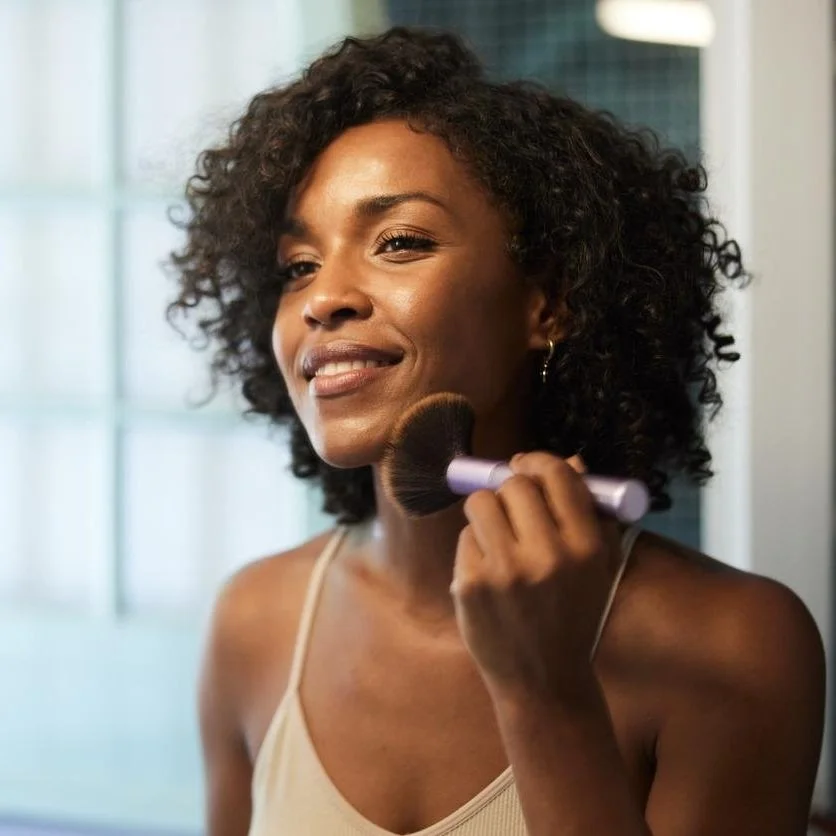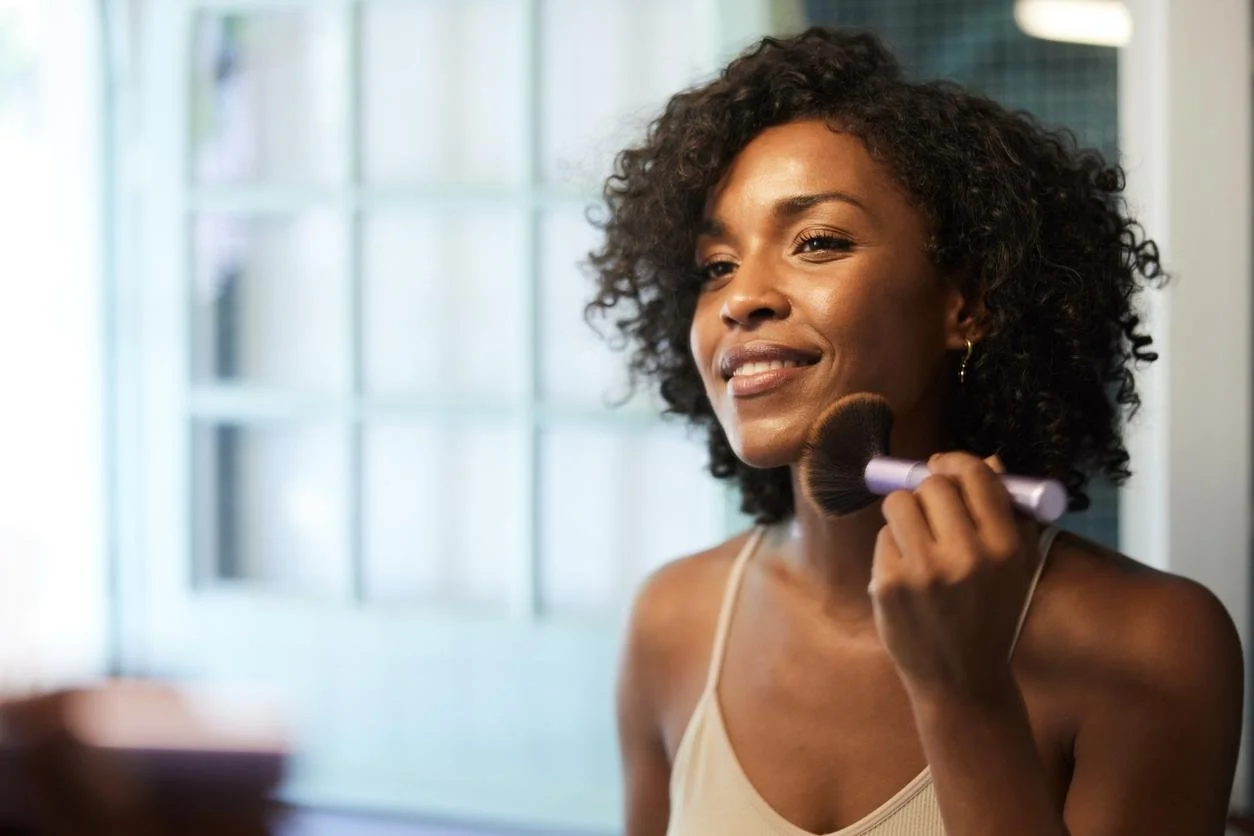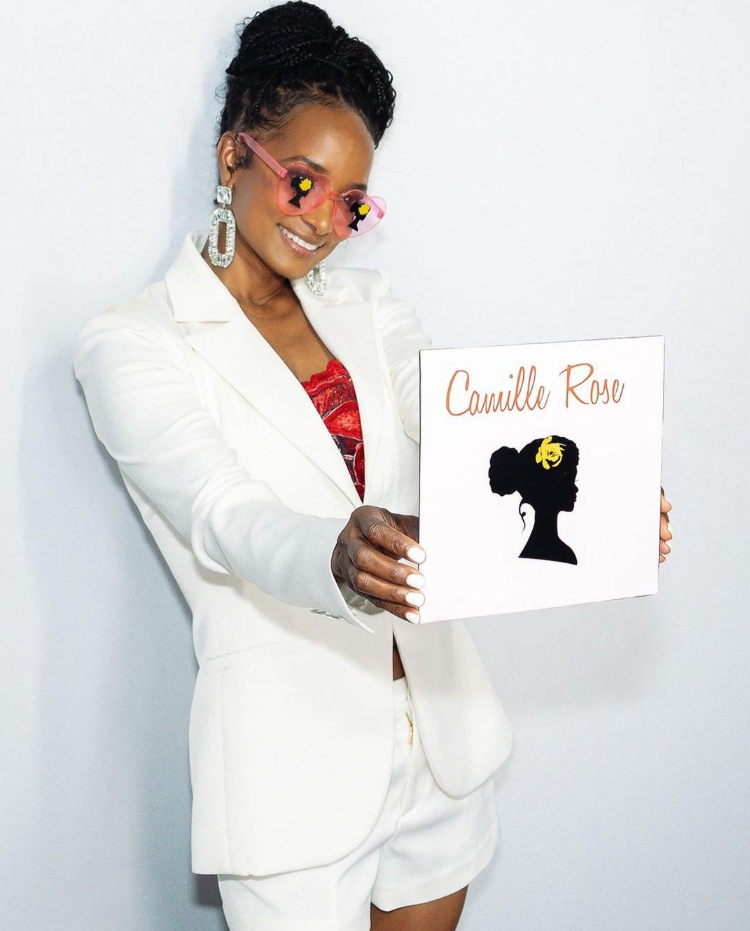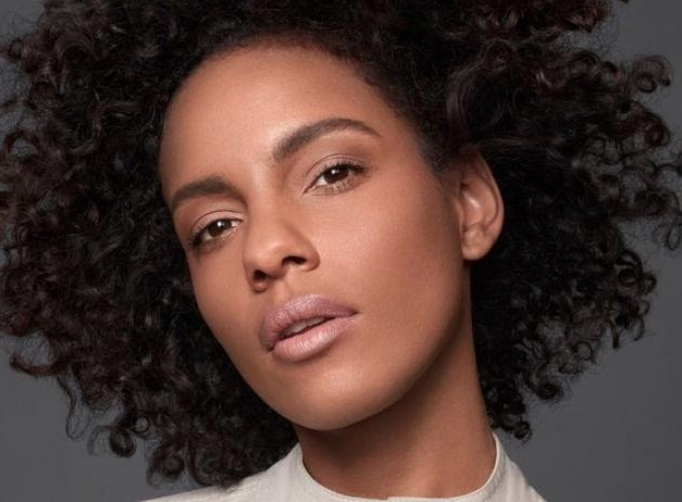Celebrate Your Complexion: 7 Essential Makeup Tips for Deeper Skin Tones
Discover 7 essential makeup tips and techniques tailored for deeper skin tones, helping you enhance your natural beauty with flawless results. We discuss it here!
Photo Credit: Tempura via iStockPhoto.com
By: Jamila Gomez
When it comes to makeup, deeper skin tones offer a stunning canvas that deserves products and techniques specifically tailored to enhance their beauty. Here are some essential tips to help you create a flawless look that highlights your unique features and celebrates your complexion.
1. Prioritize Skincare
Great makeup starts with great skin. Hydration and moisturization are key, as they prevent foundation and concealer from appearing ashy or patchy. Incorporate a moisturizer suited for your skin type, and always use sunscreen. While melanin-rich skin has some natural protection from UV rays, it’s still vulnerable to sun damage and hyperpigmentation.
2. Choose the Right Foundation
Finding the perfect foundation can be challenging, but it’s crucial. Look for brands that offer a wide range of shades and undertones—yellow, red, or neutral—to match your skin precisely. Avoid foundations that lean too light, as they can result in a gray or ashy appearance. Test the shade on your jawline or chest for the closest match, and remember that blending is key for a seamless finish.
3. Highlight and Contour with Care
Highlighting and contouring can accentuate your features beautifully when done right. For highlighters, opt for gold, bronze, or copper tones instead of silver, which may look stark. Contour with warm, deep brown shades to add dimension and structure to your face. Blend thoroughly to ensure a natural look.
4. Play with Bold Colors
Deeper skin tones can pull off vibrant colors effortlessly. Experiment with bold eyeshadows like cobalt blue, emerald green, or rich purples, which pop against darker complexions. For lips, shades like deep reds, berry tones, and even oranges look stunning. Don’t shy away from bright blushes—coral, orange, and berry shades can add a fresh, radiant glow.
5. Avoid Flashback with the Right Powders
Translucent powders can sometimes cause a white cast, especially under flash photography. Opt for finely milled setting powders with a tint that complements your skin tone. These powders help set makeup while keeping it natural-looking.
6. Focus on Brows
Bold, well-groomed brows frame the face beautifully. Use a brow pencil or pomade in a shade that matches or is slightly lighter than your natural brow color. Blend with a spoolie brush for a soft, polished look.
7. Finish with a Setting Spray
To keep your makeup fresh and vibrant all day, use a setting spray. Look for formulas designed for long wear, especially if you have oily skin.
With the right techniques and products, deeper skin tones can shine in all their richness. Experiment, embrace your natural beauty, and wear your makeup with confidence!
YOU MAY ALSO BE INTERESTED IN:
SHARE TO SOCIAL MEDIA
Makeup Tips: The 411 On Achieving Flawless Makeup Foundation Coverage
Fine lines, dark spots, large pores and blemishes are all a girl's worst nightmare when it comes to trying to achieve that flawless looking face! Here are some tips to achieving flawless makeup foundation coverage!
By: Tialena Evans
Fine lines, dark spots, large pores and blemishes are all a girl's worst nightmare when it comes to trying to achieve that flawless looking face! Do you find yourself trying to mask those imperfections with layers of caked on foundation and concealer that’s three shades too light? While it can seem frustrating and out of reach, look no further. I’m here to spill the tea on how to achieve that CoverGirl status face!
Which Way? The Clean Way!
It’s no secret that before applying face makeup you need to start on a fresh face, but what if I told you soap and water isn’t enough? Well, I’m telling you it’s definitely not enough! Although it cleanses the surface of your face, your pores are still filled with dirt, and traces of oil and makeup residue.
The solution to eliminating these hidden nuisances is a quick 30 second cotton ball swipe of your favorite alcohol-free face toner. A face toner is an absorbing liquid that also helps to correct and balance the pH of your skin, and helps control acne. This process should be done after washing your face with a cleanser to remove what isn’t visible to the naked eye.
Photo Credit - Kristina Rodulfo
We Making Moisture Moves
Now, before you even begin to grab ahold of your foundation brush, you need to pick up a bottle of H2O. Water consumption is the most essential piece to a smooth foundation application. It brings moisture to your face and lips, adds a natural glow, and promotes elasticity in the skin, which in turn slows down and decreases the development of fine lines and wrinkles. It’s like a pre-moisturizer before you even add the real thing. This is especially pertinent to individuals with naturally dry & flakey skin, like myself.
Once you’ve gotten your water intake situated, it’s time to moisturize your face with your favorite non-fragrance moisturizer. It is important to have a natural and neutral scent cream that will not irritate the face, thus causing a rash or unwarranted breakout. Everyone’s face takes to different substances, so someone with dry skin might need to use a thicker cream, while those with a more oily face may want to go with something a little lighter that won’t add onto the overproduction of face oils throughout the day.
Once moisturized, it’s time to prime your face. Primers are a base for your foundation, which allows it to go on smoother and last longer. They come in the form of creams, gels and powders. They also come in different shades, such as yellow, orange, green and others. These shades are dependent on skin tones and sun exposure. You should do your research on which primer is best for your and your face before purchasing to ensure you’re providing your skin with the best products to help illuminate it.
Brush vs Sponge: Battle of the Applicators
Okay, so this is where personal preferences come into play. The two most common foundation application tools are the brush and the sponge, which is also known as a beauty blender. Then, you have those insurgents who are contempt with using nothing more than a finger twirl to paint their faces, but that’s a discussion or another day.












